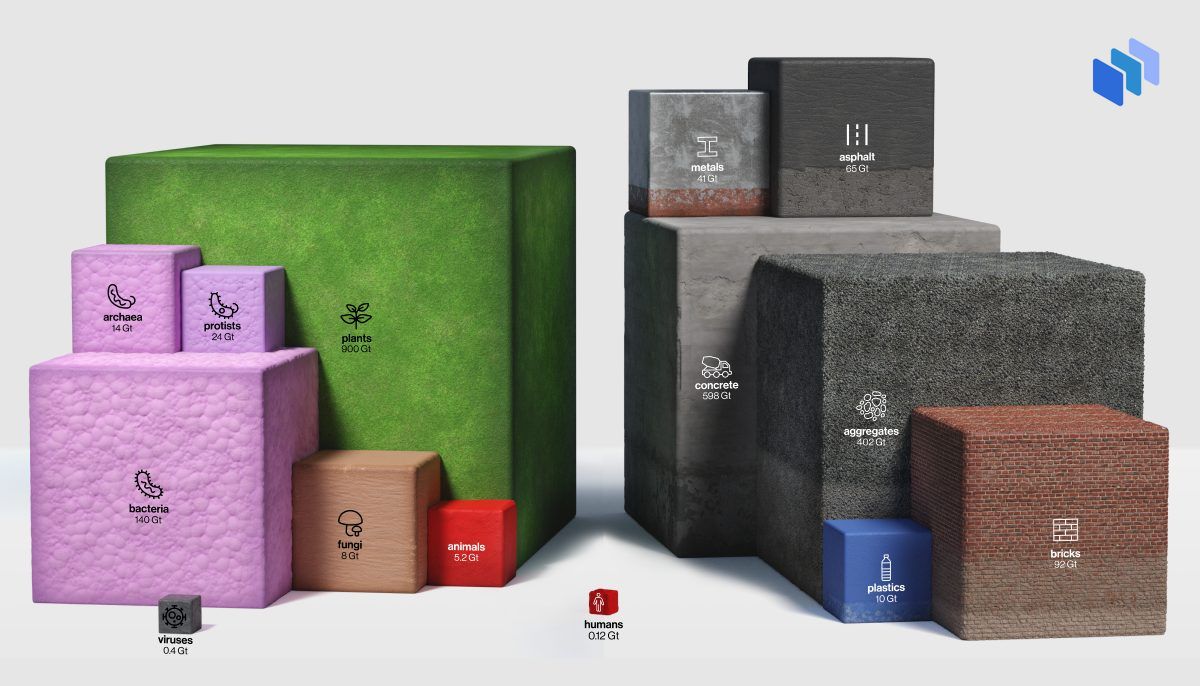The Zeta Architecture is a new way of setting up solution and enterprise architecture. When you are deploying the Zeta Architecture, you combine your solution and enterprise architecture, unlike the architecture systems currently used. Traditionally, the solution and the enterprise architectures were different from each other, even if they interacted, because their purposes or objectives were different. The goals are still different, but they come together on a big data platform and offer a lot of benefits. Business organizations will be able to better utilize their resources, quickly identify issues and fix them, save data from being corrupted, save time in software development, testing and deployment, and so on. The approach is novel and that is why the Zeta Architecture is also known as a next-generation architecture.
How is the Zeta Architecture Different from Other Systems or Architectures?
From the benefits already discussed, it may be a little difficult to distinguish the value proposition of the Zeta Architecture from other solutions or systems. However, the Zeta Architecture approach is fundamentally different from that of other systems or architecture. Here’s how:
Combination of Solution and Enterprise Architecture
In the case of other solutions or systems, solution and enterprise architecture are separate entities. They may be interacting with each other, but they are still separate. Their objectives are different and so they are different entities. In the case of the Zeta Architecture, the solution and enterprise architecture are combined. In fact, both are part of the Zeta Architecture and may not have an independent existence at all — the solution architecture and the enterprise applications are part of a bigger scheme.
Big Data Architecture
While the Zeta Architecture can be used for any business objective, it has been designed with big data in mind. Many of the components of the architecture such as the distributed file system, compute model and execution engine are directly related to big data.
Real-Time Utility
The Zeta Architecture will enable organizations to access and process data on a real-time basis. For example, if you digitally manage a huge parking lot in a city and receive parking data from sensors in the lot, you will be able to dynamically allocate parking spaces to vehicles coming and going out of the lot. With the Zeta Architecture you may be able to have applications that connect to Internet of Things devices and receive data in real time, just like in the case of the parking lot example.
Plug and Play
The Zeta Architecture allows you to plug in applications that suit your business needs and get started. It adapts to almost any kind of application. Other architecture systems are not as flexible because of their unique configuration. Since the enterprise and solution architecture are combined, you do not need to consider whether the plug-in will be compatible with both architecture types. You can, for example, plug in applications like Rocket, Bicorals and the Kubernetes Project contributed by Google.
Container System
Other environments or architectures sometimes cannot be moved across software systems and fitted just anywhere because of compatibility and configuration issues. But the Zeta Architecture provides a concept of containers that offers isolated environments that you can move across software applications without having to worry about compatibility. Obviously, the environment is designed to adapt with multiple software applications. After deploying the environment, it takes care of a lot of things by binding together disparate software applications that are built on different technologies and platforms. Basically, it takes the worry out of a lot of things.
Zeta Architecture Benefits
It seems that the Zeta Architecture could enable businesses to have impressive returns on investments because it offers a new way of managing resources. Basically, it enables organizations to redefine how they should be managing their resources. Here are the salient benefits that the Zeta Architecture can bring:
Optimal Hardware Use
Many organizations do not optimally use their hardware resources such as servers. Either the hardware lies idle for most of the working day or it is exceeding its capacity at a given period of time. Considering the fact that organizations spend so much on hardware and server acquisition, they are wasting money by not utilizing hardware well. The Zeta Architecture enables you to optimally use your hardware.
Identify Issues Quickly
When you have a large system and an error occurs, depending on the problem, it can take a long time to identify the root cause. This is especially the case when there are multiple systems. Such cases may be extremely complicated. The Zeta Architecture enables you to isolate the problem quickly and find the root cause, allowing you to troubleshoot quickly and save time.
Save Data
The Zeta Architecture enables you to share data across multiple data centers so that in the event of a fault or a disaster, the data is not lost. Even if one data center goes out, then the data sharing will ensure that you are able to find the data in another data center.
Efficient Software Binary Transition
According to a typical software development lifecycle, software is developed, the binary is deployed on the testing server and after that, the binary is deployed on the client or release server. However, the process is not as simple or straightforward as it sounds. In reality, since the environments of the development, testing and release phases differ from one another, a substantial effort may be spent towards customizing the binary for each phase. The Zeta Architecture can ensure that the software binary is developed just once so that it adapts to all kinds of environments.
Applications of the Zeta Architecture
Although the Zeta architecture is most frequently used with big data, it appears to be suitable for almost any business that wants to improve its overall business processes and IT operations. Still, here are certain areas in which the architecture particularly useful:
- The big data industry — The architecture has big data processing components inherently.
- Organizations dealing in data coming from the Internet of Things (IoT) devices — In the future, such industries will need to process data on a real-time basis. In such cases, the architecture is going to be a big enabler.
Conclusion
The Zeta Architecture appears to be a novel concept that can redefine how businesses operate. However, it is in a nascent stage and it will be some time before it is accepted in the industry. Its success depends a lot on how businesses choose to use this, considering the fact that it is a flexible model. However, the proponents of the architecture probably need to be careful in branding it because too much emphasis on big data can discourage industries that still do not rely on big data. That will be unfortunate because the architecture is flexible enough to be used in all kinds of industries and business models. Businesses have the flexibility to just plug in modules or applications with the architecture according to their needs. Even if certain components cannot be detached, they need not necessarily be used in a business case.






